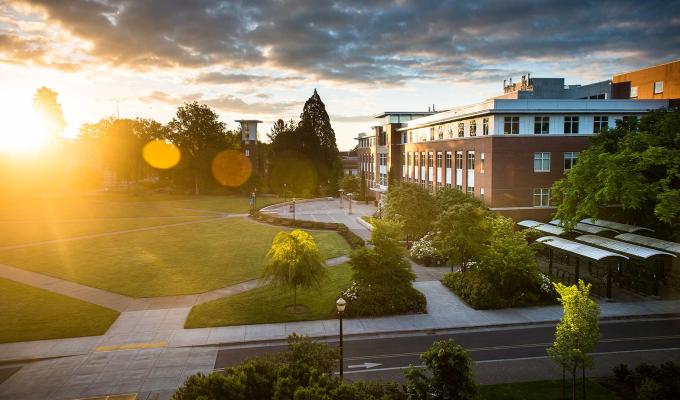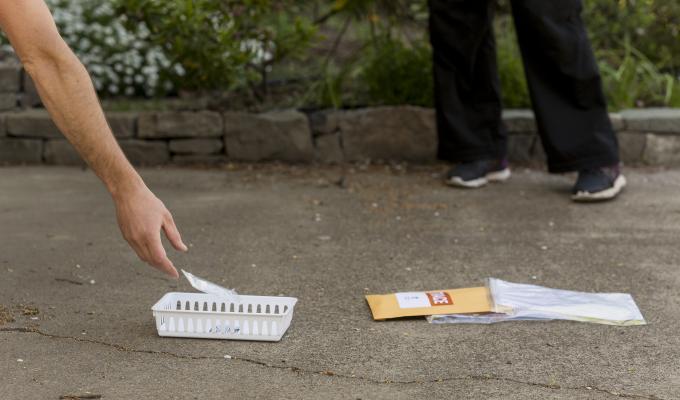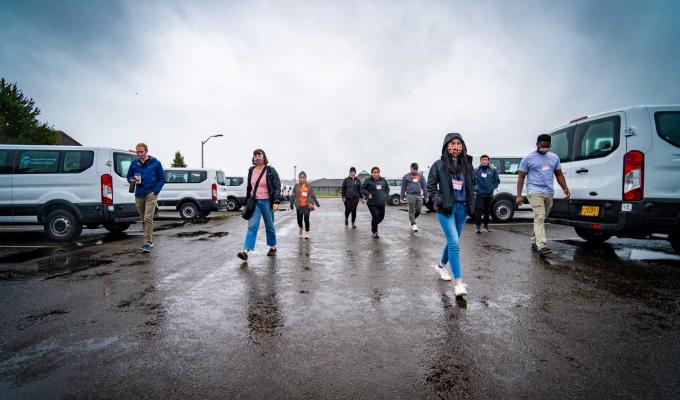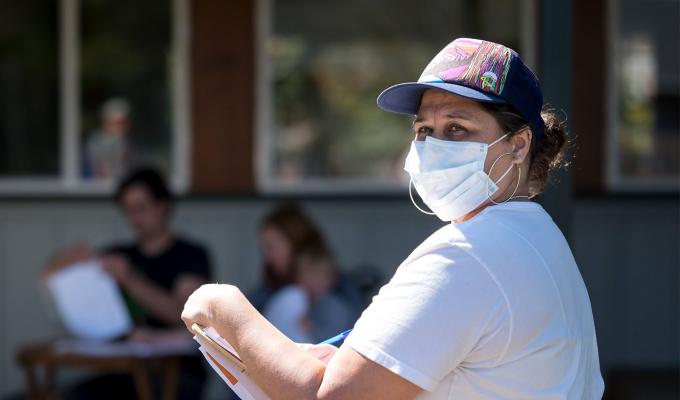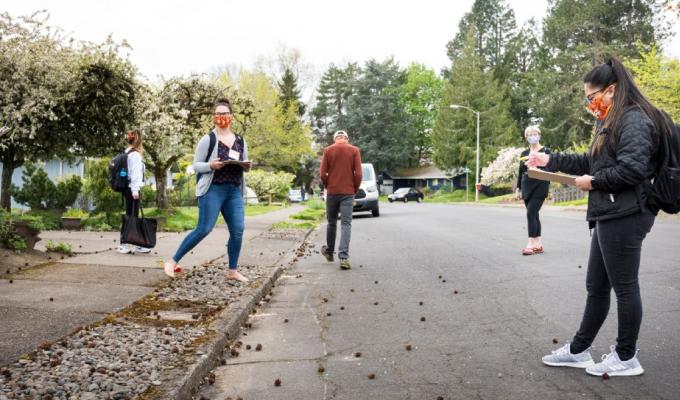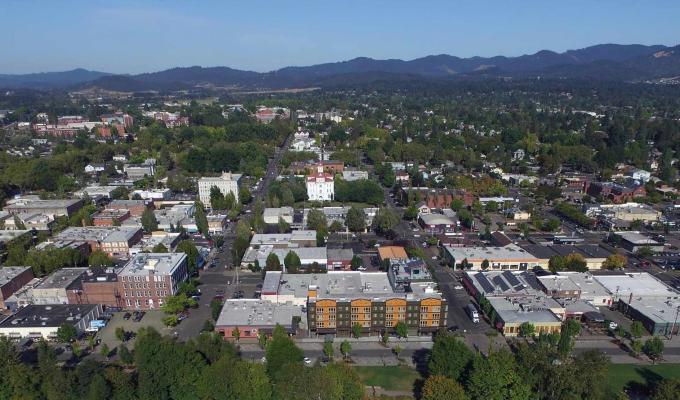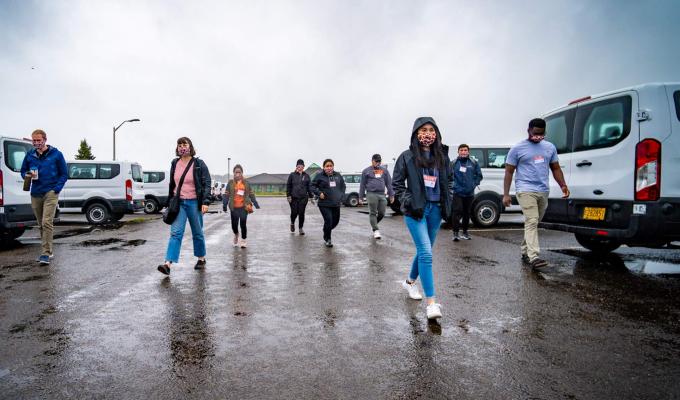
Biomedical Science
Managing an epidemic with a groundbreaking public health project
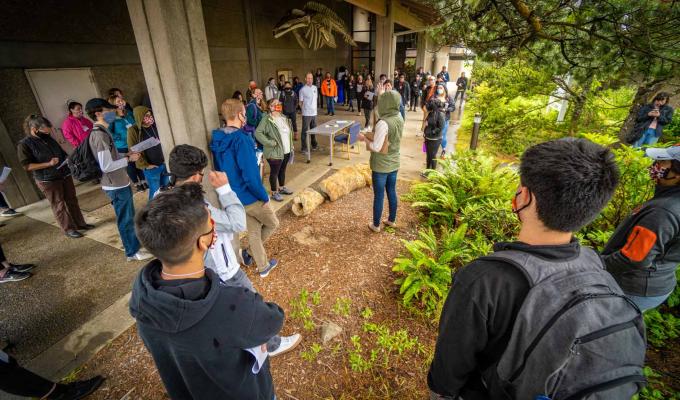
Biomedical Science
TRACE results suggest 3.4% of Newport community infected with SARS-CoV-2

Integrative Biology
Satellite data boosts understanding of climate change’s effects on kelp

Faculty and Staff

